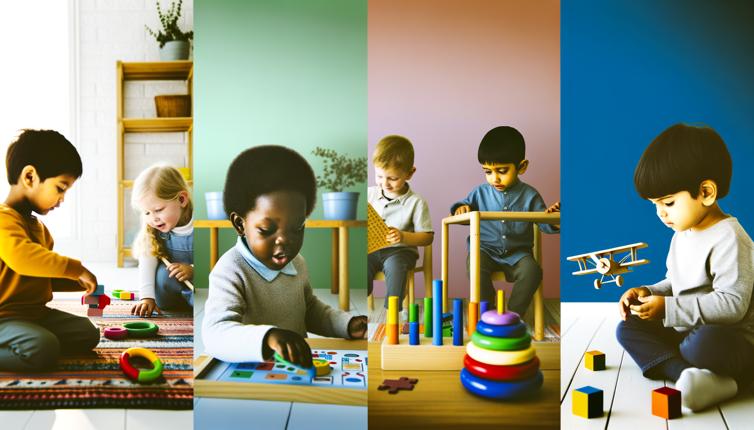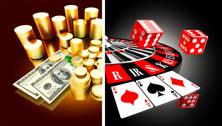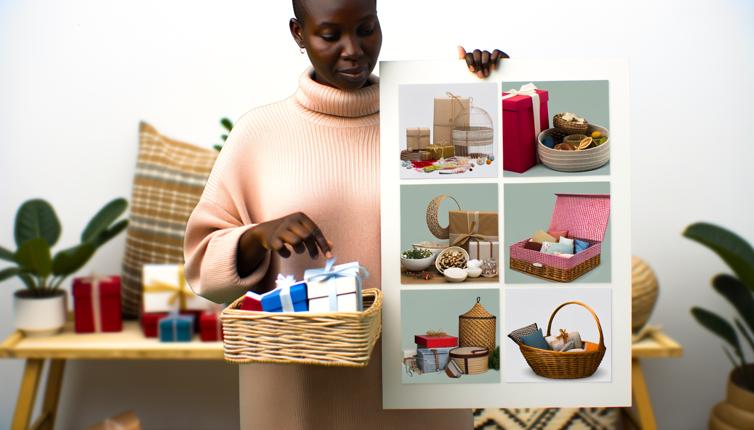Understanding Your Child's Developmental Stage
The first step in choosing the right toy for your child is understanding their developmental stage. Children go through different stages of development, and each stage requires toys that cater to their specific needs and abilities.,For infants (0-12 months), choose toys that stimulate their senses and help them with their motor skills. Examples include rattles, soft toys, and toys with different textures.,For toddlers (1-3 years), choose toys that help with their coordination, language development, and problem-solving skills. Examples include building blocks, puzzles, and pretend play toys.,For preschoolers (3-5 years), choose toys that encourage their creativity, social skills, and cognitive development. Examples include art supplies, board games, and construction sets.,For school-aged children (6+ years), choose toys that promote their cognitive abilities, physical coordination, and social interactions. Examples include STEM toys, sports equipment, and strategy games.
Consider Safety and Age Recommendations
When choosing a toy for your child, it is important to consider safety guidelines and age recommendations provided by the manufacturer. Ensure that the toy is free from small parts that can be a choking hazard for young children.,Read the labels and packaging to determine the appropriate age range for the toy. Choosing a toy that is too advanced or too simple for your child's age may result in frustration or lack of interest.,Always inspect the toy for any sharp edges, loose parts, or potential hazards. Avoid toys with toxic materials or those that have been recalled due to safety concerns.,If you have any doubts or concerns, consult with a pediatrician or trusted expert to ensure the toy is suitable for your child.
Consider Your Child's Interests and Personality
Understanding your child's interests and personality can help you choose a toy that they will enjoy and benefit from. Consider their hobbies, favorite characters, and activities they engage in.,If your child is interested in music, consider toys that involve musical instruments or encourage singing and dancing. For a child who enjoys building, consider construction sets or building blocks.,Some children may prefer solitary play, while others may enjoy cooperative play. Choose toys that align with their preferences and provide opportunities for both independent and social play.,By selecting toys that match your child's interests, you are more likely to engage their attention and facilitate their development.
Promote Open-Ended Play and Creativity
Opt for toys that promote open-ended play and creativity. These types of toys allow children to use their imagination and explore different possibilities. Examples include building blocks, art supplies, and pretend play toys.,Open-ended toys encourage problem-solving skills, critical thinking, and creativity. They also enable children to play at their own pace and explore their interests.,Avoid toys that have limited uses or only require pressing a button for a specific action. Such toys may provide short-term entertainment but limit the child's creativity and engagement.
Conclusion
Choosing the best toy for your child's age and developmental needs requires careful consideration of their stage of development, safety guidelines, interests, and promotion of open-ended play. By selecting toys that align with these factors, you can provide your child with engaging and beneficial play experiences that support their growth and development.









